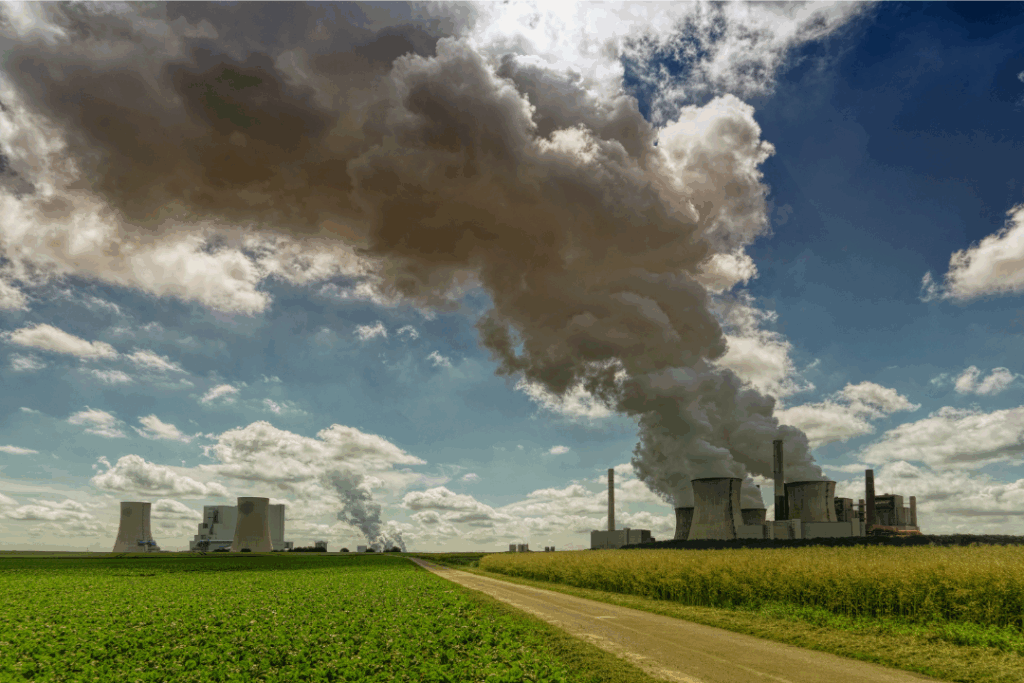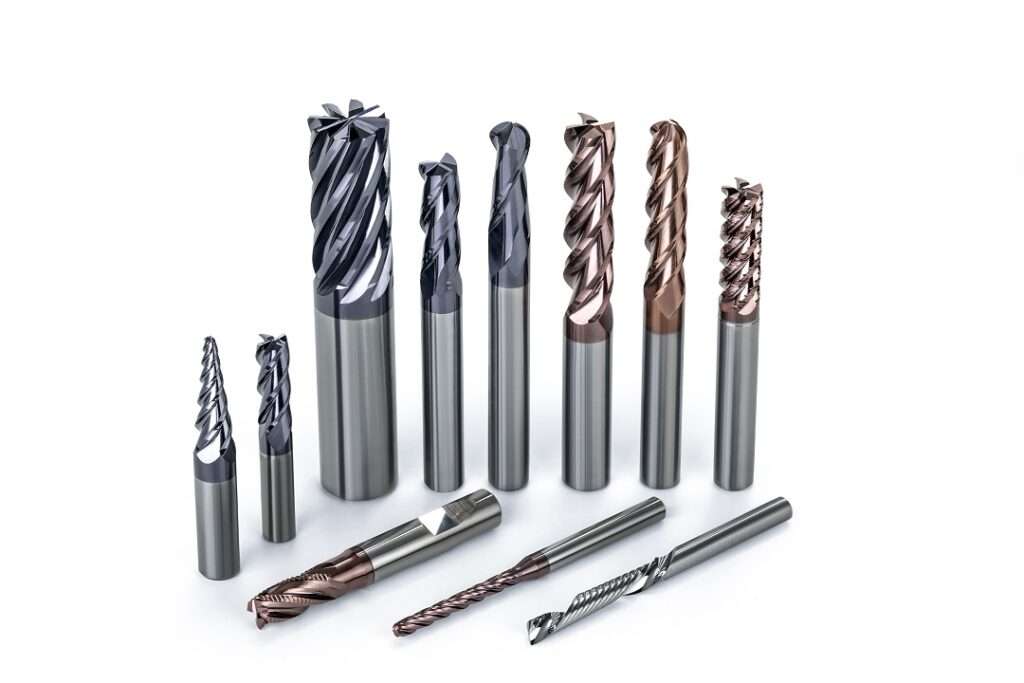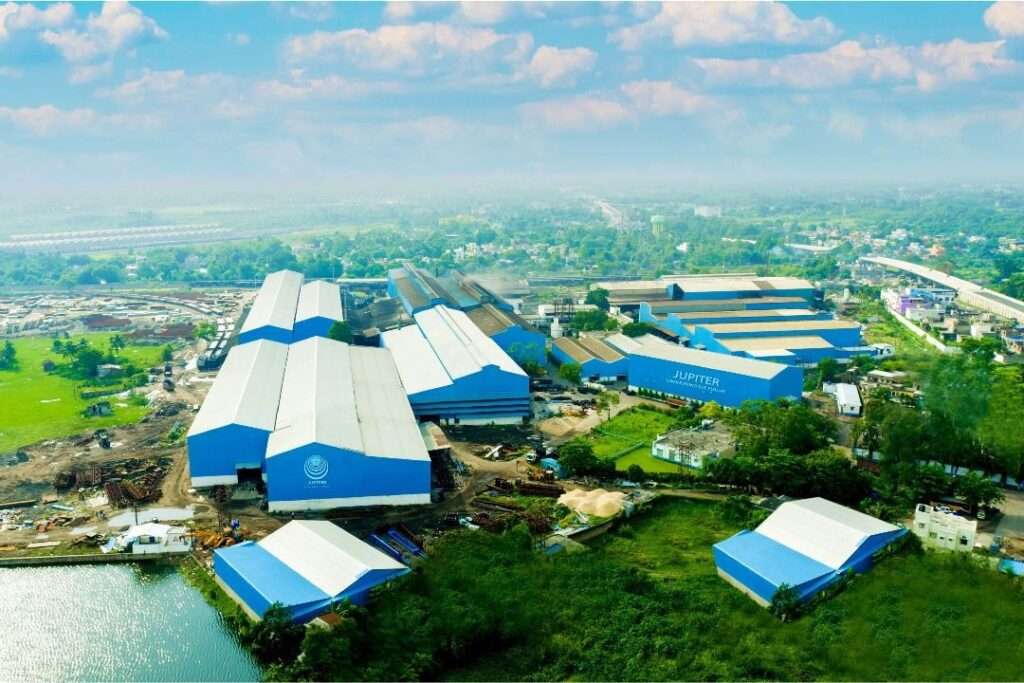Hydro electric development in the Northeastern Region (NER) is set to receive a major boost following the Union Cabinet’s approval, led by Prime Minister Shri Narendra Modi. The Cabinet has endorsed a critical proposal from the Ministry of Power, which involves extending Central Financial Assistance (CFA) to State Governments in the NER. This assistance is intended to support the states’ equity participation in the development of hydro electric projects through JV collaborations between state entities and CPSUs.
The scheme has a financial outlay of Rs. 4,136 crore and is set to be implemented over a period extending from FY 2024-25 to FY 2031-32. The scheme is designed to bolster the development of hydro electric capacity in the NER, aiming to support a cumulative hydro electric capacity of approximately 15,000 MW. The funding for this initiative will come from a 10% Gross Budgetary Support (GBS) allocated to the Northeastern Region, which is part of the total budgetary outlay of the Ministry of Power.
Under this scheme, the Ministry of Power has laid out a framework for the formation of Joint Venture (JV) companies for hydro electric projects, which will involve collaboration between CPSUs and State Governments. The Central Financial Assistance (CFA) provided to State Governments in the NER for their equity contribution will be capped at 24% of the total project equity, with a maximum limit of Rs. 750 crore per project.
However, this cap may be revisited and adjusted on a case-by-case basis if necessary. It is important to note that the ratio of equity between the CPSU and the State Government in the JV will be maintained at the time of disbursing the grant. The CFA will be limited to viable hydro electric projects only, ensuring that only projects with a sound financial foundation will receive support.
To further enhance the viability of these projects, State Governments will be required to waive or stagger the provision of free power and/or reimburse State Goods and Services Tax (SGST). This financial flexibility is intended to make the projects more attractive to investors and to ensure their successful implementation.
The introduction of this scheme is expected to significantly boost the participation of State Governments in the development of hydro electric power in the North Eastern Region. By involving State Governments as stakeholders, the scheme aims to create a more equitable distribution of risks and responsibilities. Moreover, the involvement of State Governments is anticipated to alleviate challenges related to land acquisition, rehabilitation and resettlement, and local law and order issues, thereby reducing the risk of time and cost overruns in the projects.
This initiative is expected to play a pivotal role in harnessing the vast hydro electric potential of the North East. The scheme is projected to attract substantial investment to the region, leading to the creation of numerous direct employment opportunities for local residents, as well as indirect employment and entrepreneurial opportunities in sectors such as transportation, tourism, and small-scale businesses.
Furthermore, the development of hydro electric projects under this scheme will contribute to India’s commitment to its Nationally Determined Contribution (NDC), which aims to establish 500 GW of renewable energy capacity by 2030. The integration of renewable energy sources into the national grid will be enhanced, thereby improving the flexibility, security, and reliability of the grid.
The Government of India has been proactive in introducing various policy measures to address challenges impeding the growth of the hydro electric power sector. Notably, the Cabinet approved several initiatives to promote the sector, including classifying large hydro electric projects as renewable energy sources, implementing HPOs, rationalizing tariffs through escalating tariff structures, and providing budgetary support for flood moderation in storage hydro electric projects and the construction of enabling infrastructure, such as roads and bridges.








